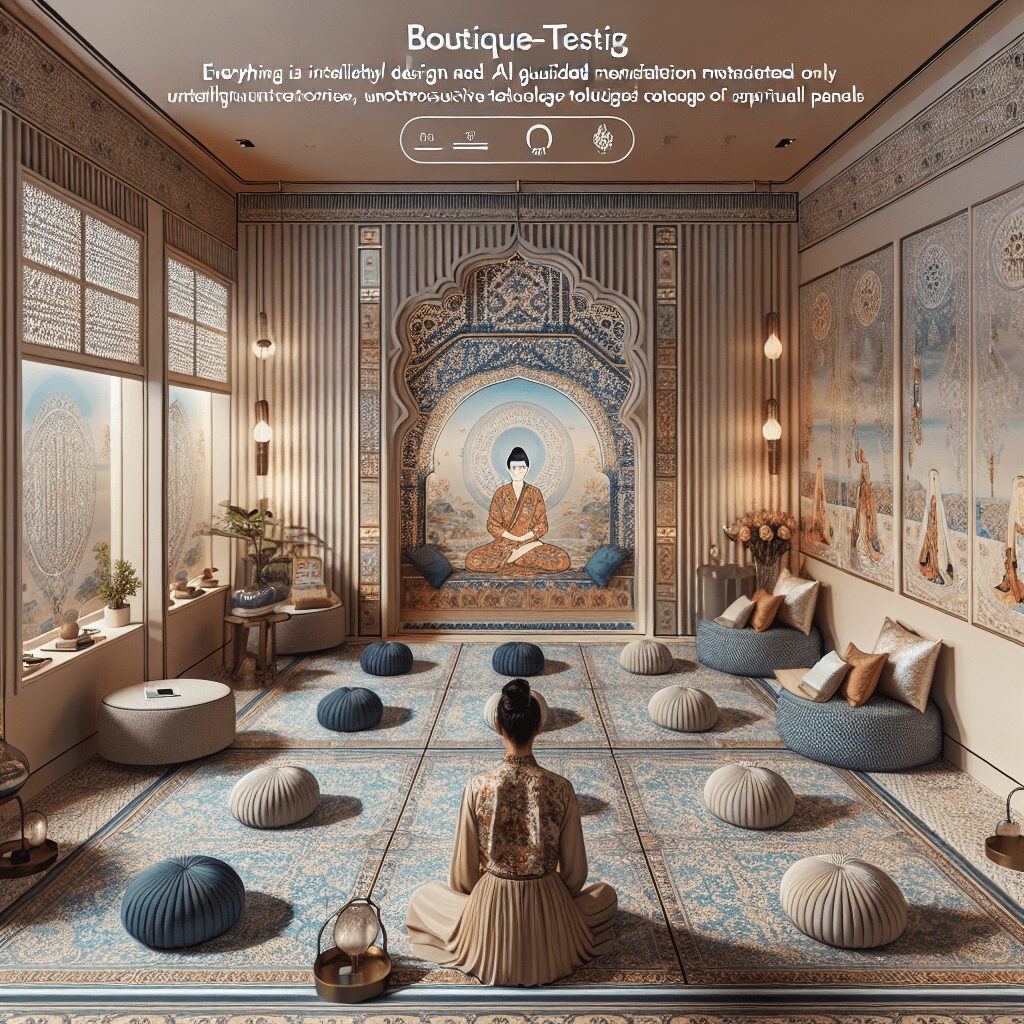
Prioritize your mental well-being daily. Enhance your life by nurturing your mental health with the Smart Meditation app. Break free from stress, alleviate anxiety, and enhance your sleep quality starting today.
How To Meditate Buddhism?
Discovering the Zen Within: Your Guide to Buddhist Meditation
Embarking on a journey into the serene world of Buddhist meditation is akin to unlocking a door to inner peace and profound self-awareness. This age-old practice, deeply rooted in the Buddhist tradition, serves as a pathway to enlightenment and offers a refuge from the tumultuous whirlwind of our daily lives. But, how exactly does one dive into this tranquil pool of mindfulness? Buckle up, as we guide you through the essentials of cultivating a Buddhist meditation practice that’s both enriching and attainable.
The Essence of Buddhist Meditation
Before we tread further, let’s debunk a common myth: meditation isn’t just about sitting still with your eyes closed, waiting for enlightenment to strike like a bolt from the blue. Rather, it’s a disciplined practice that involves training your mind to focus, achieve a state of deep peace, and look inward to understand the nature of existence.
Buddhist meditation encompasses a wide array of practices, including mindfulness (Sati), loving-kindness (Metta), and concentration (Samadhi), to name a few. Each technique serves a unique purpose but ultimately leads to the same destination: a deeper understanding of yourself and the world around you.
Dipping Your Toes in the Meditative Waters
So, you’re ready to give it a go? Bravo! Here’s how to kickstart your meditative journey:
-
Carve Out Your Zen Zone: First things first, find a quiet spot where you won’t be disturbed. It could be a cozy corner of your room, a serene spot in your garden, or any place that feels peaceful to you.
-
Get Comfy, But Stay Alert: Sit or lie down in a comfortable position, but not so comfy that you’re likely to drift off to dreamland. The traditional lotus or half-lotus posture is great for keeping you perky yet relaxed.
-
Set Your Intention: Before you dive in, take a moment to ask yourself, “Why am I doing this?” Whether it’s seeking peace, understanding your mind, or something else, having a clear intention can significantly potentiate your practice.
-
Mindfulness is Key: Begin by focusing on your breath – notice its natural flow, how your chest rises and falls, and the sensation of air entering and leaving your nostrils. When your mind starts to wander (and it will), gently guide it back to your breath.
-
Explore Different Techniques: Once you’re comfortable with basic mindfulness, feel free to dip your toes into other practices. Loving-kindness meditation involves silently repeating positive phrases towards yourself and others, while concentration meditation hones your focus using a specific object or thought.
-
Patience, Grasshopper: Like learning any new skill, mastery comes with time and practice. Don’t be disheartened if you don’t achieve Zen mastery overnight. Keep at it, and you’ll notice the transformative effects it has on your mind and life.
Joining the Sangha: The Power of Community
Embarking on this meditative quest solo can sometimes feel like navigating a labyrinth without a map. Fret not, for the Buddhist concept of Sangha (community) comes to the rescue. Joining a meditation group or seeking a mentor can be incredibly beneficial. Not only does it provide guidance and support, but it also connects you with like-minded souls on a similar journey.
In essence, the path of Buddhist meditation is both a discovery and a challenge—a quest that invites you to explore the depths of your being and the vastness of the universe. Whether you’re seeking solace from the cacophony of daily life or striving for spiritual enlightenment, embracing the art of meditation can be a transformative experience.
So, why not take the plunge today? After all, as the age-old Buddhist saying goes, “The journey of a thousand miles begins with a single step.”




